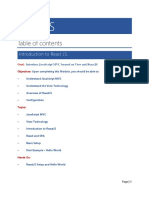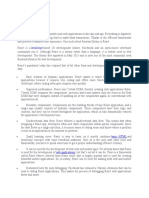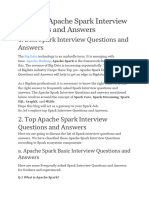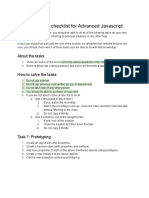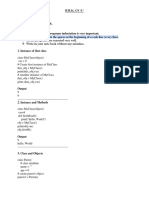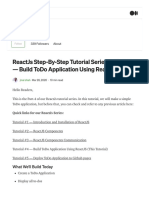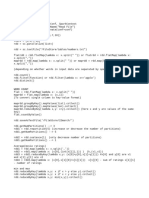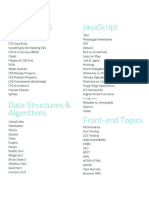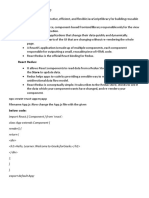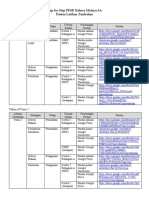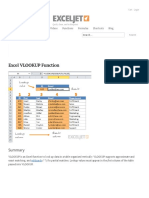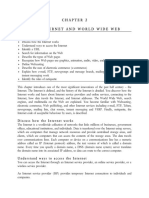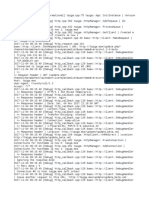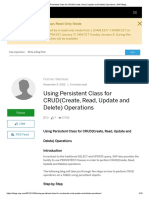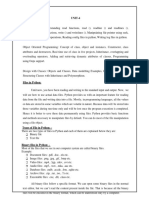0% found this document useful (0 votes)
332 views3 pagesReactJS - Guideline
The document provides guidelines for naming conventions and file/folder structure when coding React applications. It recommends component files use PascalCase and non-component files use camelCase. Unit test files should match the component name. CSS files should also match the component name. When multiple files are needed, group them in a component folder. Import statements should be at the top in a consistent order. Files should follow a standard structure of imports, types, styles, variables, component, exports. Functional components using React hooks are preferred. Double quotes should be used for JSX attributes and single quotes for JS code.
Uploaded by
Moinak DuttaCopyright
© © All Rights Reserved
We take content rights seriously. If you suspect this is your content, claim it here.
Available Formats
Download as DOC, PDF, TXT or read online on Scribd
0% found this document useful (0 votes)
332 views3 pagesReactJS - Guideline
The document provides guidelines for naming conventions and file/folder structure when coding React applications. It recommends component files use PascalCase and non-component files use camelCase. Unit test files should match the component name. CSS files should also match the component name. When multiple files are needed, group them in a component folder. Import statements should be at the top in a consistent order. Files should follow a standard structure of imports, types, styles, variables, component, exports. Functional components using React hooks are preferred. Double quotes should be used for JSX attributes and single quotes for JS code.
Uploaded by
Moinak DuttaCopyright
© © All Rights Reserved
We take content rights seriously. If you suspect this is your content, claim it here.
Available Formats
Download as DOC, PDF, TXT or read online on Scribd
/ 3
